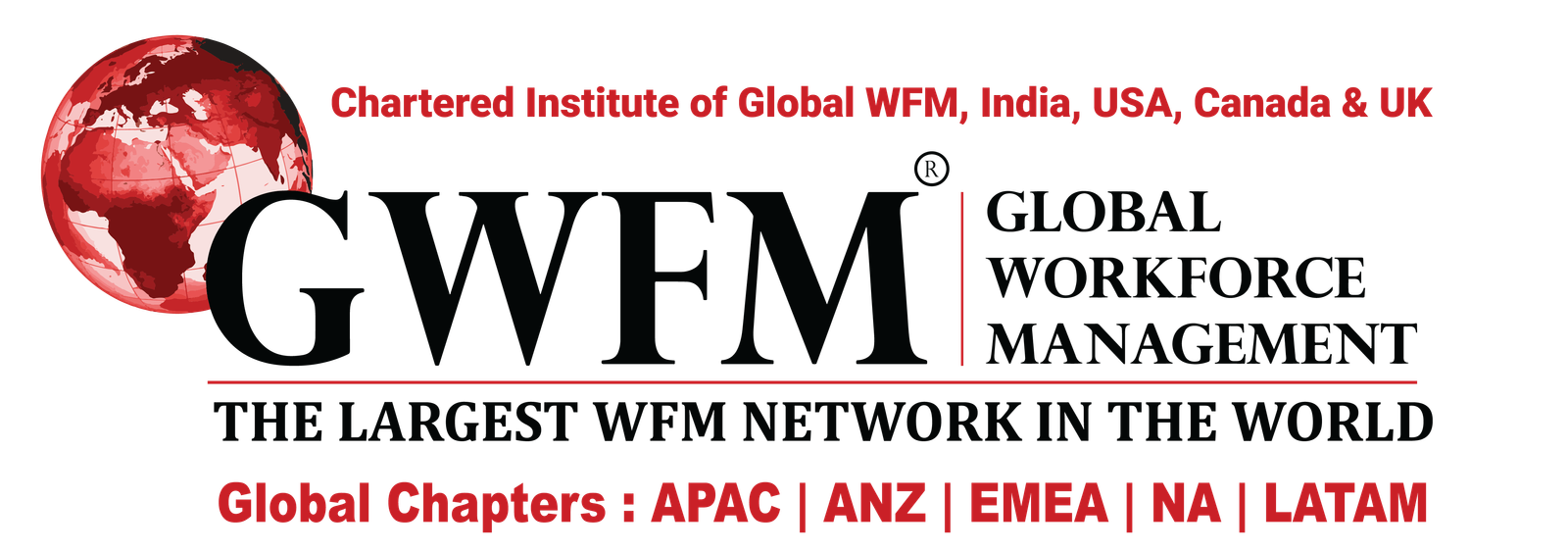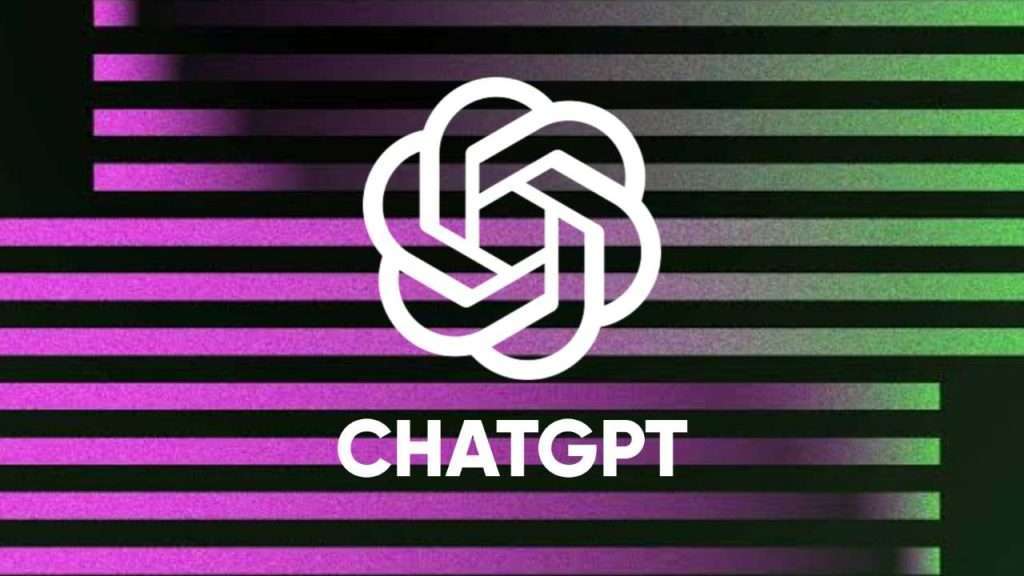Sreekanth Arimanithaya of EY GDS on the ‘Great Divide’ between culture & compensation

Sreekanth Arimanithaya, Global Talent and Enablement Services Leader of EY GDS interacted with us for an episode of the People Matters Podcast to discuss the future of flexibility quotient. “So agility and flexibility are concepts that we have been nurturing since very long time,” said Sreekanth.
As the office culture surfaced as one of the significant causes of attrition, a post surfaced on LinkedIn that those who leave for money may return for culture but those leaving for culture may never return for money. How true is this statement? Here are some excerpts from the interaction.
On a scale of 1 to 10, how would you rate employee benefits, culture and high pay package, and why?
We rate employee benefits 8 out of 10, culture 10 out of 10 and compensation 7 out 10.
In the right kind of work environment, commute and other such benefits become secondary for the employees. At EY, we prefer offering such benefits which not only cover the employees but also their families. We believe in offering such benefits to families which are way beyond finance and connect with them emotionally.
To sum up, this is how we treat our employees and prioritise their experience in terms of culture and not just monetary compensation. That is where we want to differentiate ourselves from other businesses.
What has been your biggest learning about the importance of the right EVP over the pandemic period?
The identity of our organisation lies in who we are and what we do.
Our aim is to give a shape to the career and lives of our employees., and define their professional and personal purpose. You really make a successful EVP coupled with a very strong culture, career, benefits and leadership quality.
From my personal experience, I can say that EY gave me a phenomenal platform to realise my personal purpose and be part of a beautiful purpose of building a better working world. That’s the EVP we share with our employees too. Our EVP associates with their learning, growth, cross-functional experience, benefits and leadership.
Out of the EVP strategies undertaken by EY during remote working, which one do you think is going to be effective in the long run?
We were future-ready since the pre-pandemic period.
We allowed people to work in a hybrid set-up even during those days when nobody knew about COVID-19, and that is how we migrated well into the transformation from day one. When all the businesses were struggling with this scenario, it was easy for us from the technology end, cultural perspective and productivity.
And now again we are carefully re-launching that idea. We are leaving it for our employees to decide whether they want to work from the office or at home. Very little do we understand how this virus is going to behave. So we are not making any announcement about onsite work right away.
What is going to be the future of flexibility quotient as workforces return to the office?
So flexibility, agility, and resilience are the three keywords that I love to talk about.
As we are a consultancy, the work hours of our employees highly depend on their project structure. When employees attend early morning meetings they tend to log out early and we are open to the idea. There are times when the pressure of the project rises and employees continue to work for more than 12 hours. Also, there are days when due to fewer pressure people take an early day off. We prefer not to micro-manage these.
Instead of micro-management, we offer them flexibility in terms of location and time. In fact, we also believe in flexibility to choose projects as per the skills possessed by the employees. We have our own internal initiative termed ‘Talent Verse’ which helps employees to select projects on a ‘not-so-traditional’ basis.
So agility and flexibility are concepts that we have been nurturing for a very long time.
Source: GWFM News
Author: Sreekanth Arimanithaya, Global Talent and Enablement Services Leader, EY GDS





Responses